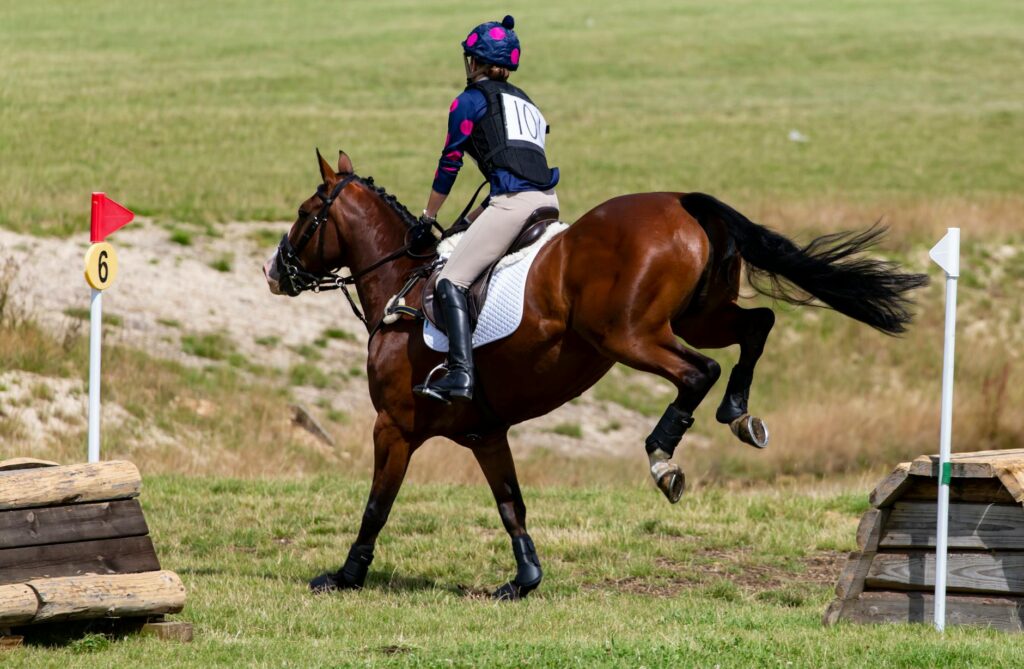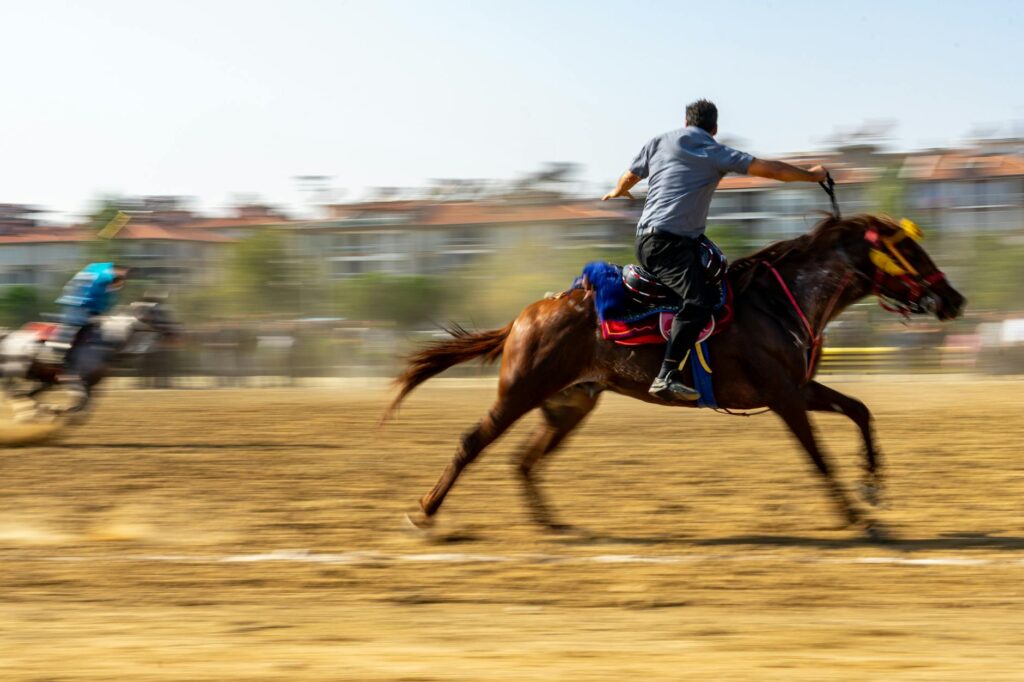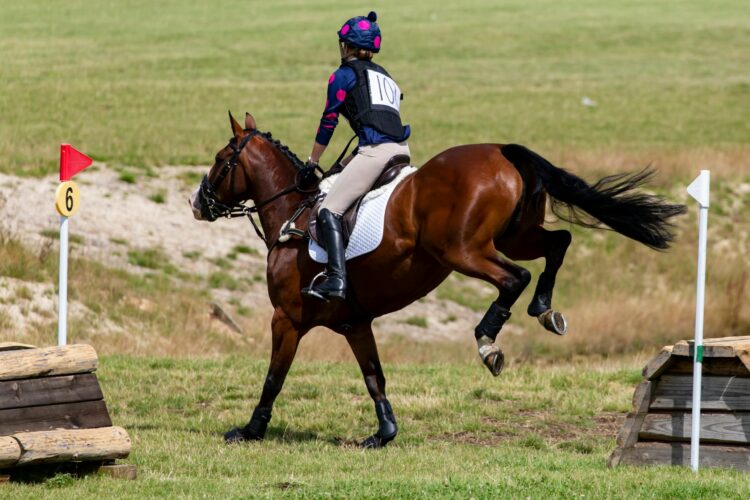Embark on an exciting journey into the world of cross-country equine competitions! This thrilling equestrian discipline demands a unique blend of athleticism, horsemanship, and strategic planning from both horse and rider. Whether you’re a seasoned competitor or a curious observer, let’s delve into the captivating aspects of this exhilarating sport.
Understanding the Course
Cross-country courses are meticulously designed, incorporating a variety of challenging obstacles. These obstacles, ranging from natural features like ditches and water jumps to more technical elements like fences and combinations, test the horse’s stamina, agility, and jumping ability. Careful course planning and rider technique are crucial to success. 
The Horse’s Role
The ideal cross-country horse possesses a unique combination of physical attributes and temperament. Strength, stamina, and a brave heart are essential for navigating the demanding course. Proper training and conditioning, including interval training and hill work, are vital for optimal performance. Learn more about horse fitness.
Rider’s Skills and Preparation
Riders need a high level of skill and experience to succeed in cross-country. Precise riding technique, strategic course management, and the ability to maintain a calm and confident demeanor under pressure are paramount. Regular training and practice are crucial, with emphasis on both jumping and fitness.  Check out training tips from top riders.
Check out training tips from top riders.
Safety and Equipment
Safety is a top priority in cross-country, for both horse and rider. Protective equipment such as helmets, body protectors, and boots are mandatory. Regularly maintaining your horse’s equipment and ensuring it fits properly is essential. Explore essential safety gear. Proper veterinary care and pre-competition checks are also non-negotiable. [IMAGE_3_HERE]
Competition Strategies
Developing a winning strategy involves careful planning and execution. Understanding the course layout, assessing the horse’s strengths and weaknesses, and adjusting your riding technique accordingly are crucial. Effective time management and pace control are also key elements to consider. Read about advanced competition strategies.
The Thrill of the Sport
Cross-country equestrian events offer a unique blend of athleticism, teamwork, and breathtaking moments. The symbiotic relationship between horse and rider is truly inspiring to witness. The bond they forge is a testament to dedication, trust, and mutual respect. [IMAGE_4_HERE] See event highlights.
Cross-country is a demanding but incredibly rewarding equestrian discipline. It’s a sport that pushes both horse and rider to their limits, while fostering a deep connection between the two. Find upcoming events near you.
Frequently Asked Questions
What type of horse is best suited for cross-country? Horses with good stamina, athleticism, and a brave, willing temperament are well-suited to cross-country. Thoroughbreds and Irish Draughts are popular choices, but many other breeds can excel with proper training.
How much training is required? Extensive training is necessary, both for the horse and rider. This involves regular schooling, conditioning, and course practice.
What is the most important safety precaution? Wearing appropriate safety equipment, such as helmets and body protectors, is crucial. Regular veterinary checks are also vital.
What are the key elements of a successful cross-country run? A successful run combines fitness, skillful riding, a good horse-rider partnership, strategic course management, and a touch of luck!
How can I get started in cross-country? Begin with lessons from a qualified instructor, and gradually work your way up to more challenging courses.
